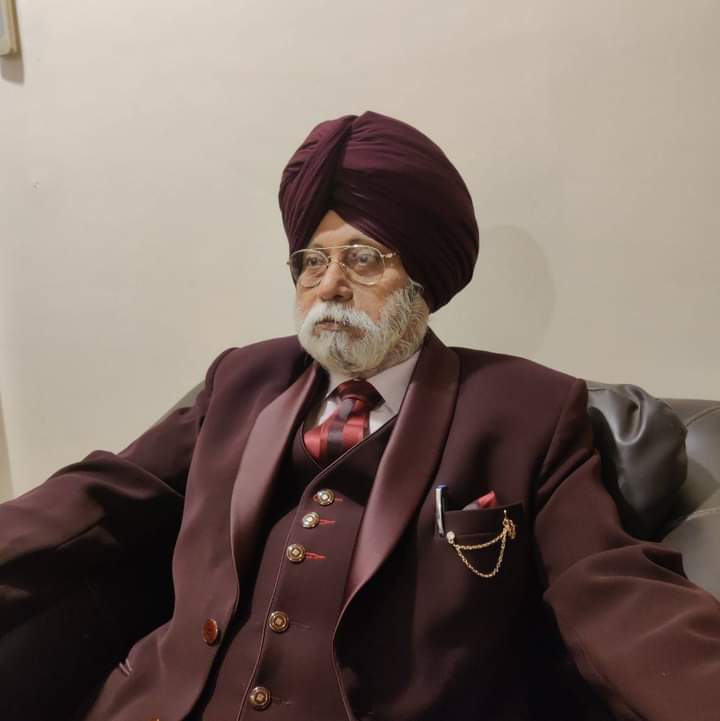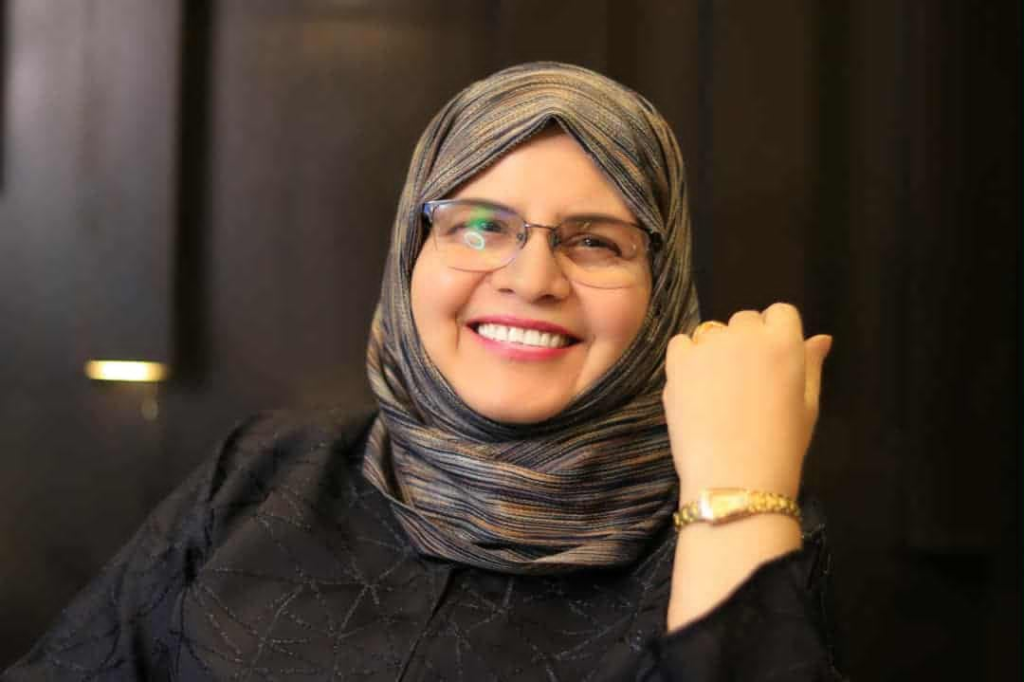
MAN’S OVER-REACH AND COSMIC REVENGE
[Philosophy
When nature’s patience is tested beyond the tolerance level, the cosmic forces burst upon humanity in vengeance. The divine forces which love peace, are not known to forgive their betrayers. -Anand
The cosmos is governed by harmony and order, while the human world is characterized by chaos. As soon as a man is born, it is like a bubble which is created by trapping wind in the thin layers of water, and so long as it stays on the body of the water, it causes ripples and disruptions, and finally loses itself to the flowing waters. Thus, the essential feature of the cosmos is harmony and human beings and their passions create ripples and cause disturbance in this reign of peace.
Harmony, the Essential Feature
There is something which likes harmony, peace, and flow and this ‘something’ does not like disruption. There are men, who by their very nature, believe in the cosmic flow. But there are men who have the audacity to prick the cosmic forces with their smartness and annoy nature’s wisdom. All the overtures of man which conflict with nature are judged on merit. This process takes time and it is during this period that men who violate harmony think that, as there is no one to cry foul, there is nothing wrong in it.
The Calculated Dog-Bark
In fact, to understand the nature of cosmic forces, let us take the example of a dog who is lying in its trance on the road. If you are passing by like a gentleman, it will ignore your presence. But if you try to assume some airs, and pass causing unnecessary disruptions and speaking loudly, the dog may take offence at your inordinate actions which disturb his peace. It will issue a calculated bark. But if he finds you are consistent in your non-sensical behaviour, and do not walk like a natural human being, the bark would become a bit shrill and fierce too. That is why there is a proverb: let sleeping dogs lie.
Now apply this logic to the cosmic forces. They are busy in their daily spin. Everything is at the right angle. If there are disruptions, it is only because men create a mess. There are no natural disasters. Every disaster has a human connection. Tempests, earthquakes, whirlwinds, storms, cloudbursts – there are natural activities, but nature is peace loving, not quarrelsome by nature. When nature’s patience is tested beyond the tolerance level, the cosmic forces burst upon humanity in vengeance.
The Dynamics of Peaceful Living
Peace is the result of leading a life which is based on faith in the cosmic wisdom. Men work hard to earn their livelihood without flirting with nature’s order. But men are ancestored by apes, and they believe in smartness, which is not to the liking of cosmic forces. All those who assert their selfish wisdom come to grief. This world is full of people who go on playing foul with nature’s rhythm, and keep building fortunes. But nature quietly registers their pranks, and in time brings them down. The divine forces which love peace, are not known to forgive their betrayers. The pain and suffering that we see in the world is the result of men trying to wage a war with nature’s order, trying to get more than is permitted, finally coming to grief. They are all over-reachers who do not believe patience, and disrupt the cosmic flow.
Everything evolves in time. But those who forced the cart in a particular direction have caused bloodshed on this earth. Gods know in which direction they want to take men. And it is best to attune ourselves to the rhythm of nature and live accordingly. The first thing is to click the ‘forget’ button. And then to unlearn what we have learnt so far and return to that pristine stage of innocence – this is what gods want and this is what we resist so powerfully, leading to pain and suffering in life and the punishment which is waiting for us, in this very world, when we over-reach ourselves.
Dr. Jernail Singh Anand, with an opus of 180 plus books, is Laureate of the Seneca, Charter of Morava, Franz Kafka and Maxim Gorky awards. His name adorns the Poets’ Rock in Serbia. Anand is a towering literary figure whose work embodies a rare fusion of creativity, intellect, and moral vision. He is not only lone of the most influential voices in contemporary Indian poetry, but a global voice, challenging readers to confront the complexities of existence while offering hope through art and ethics.




